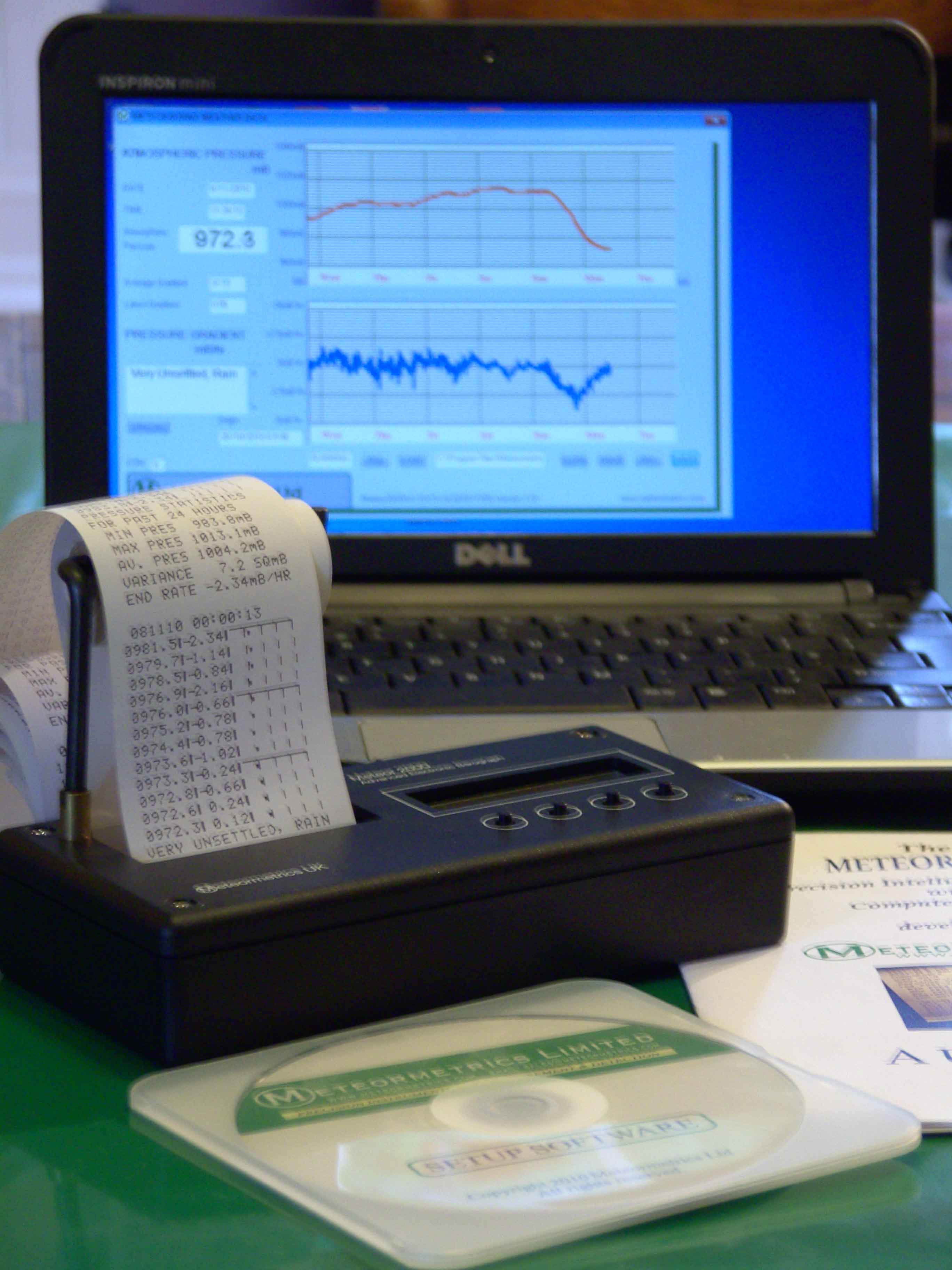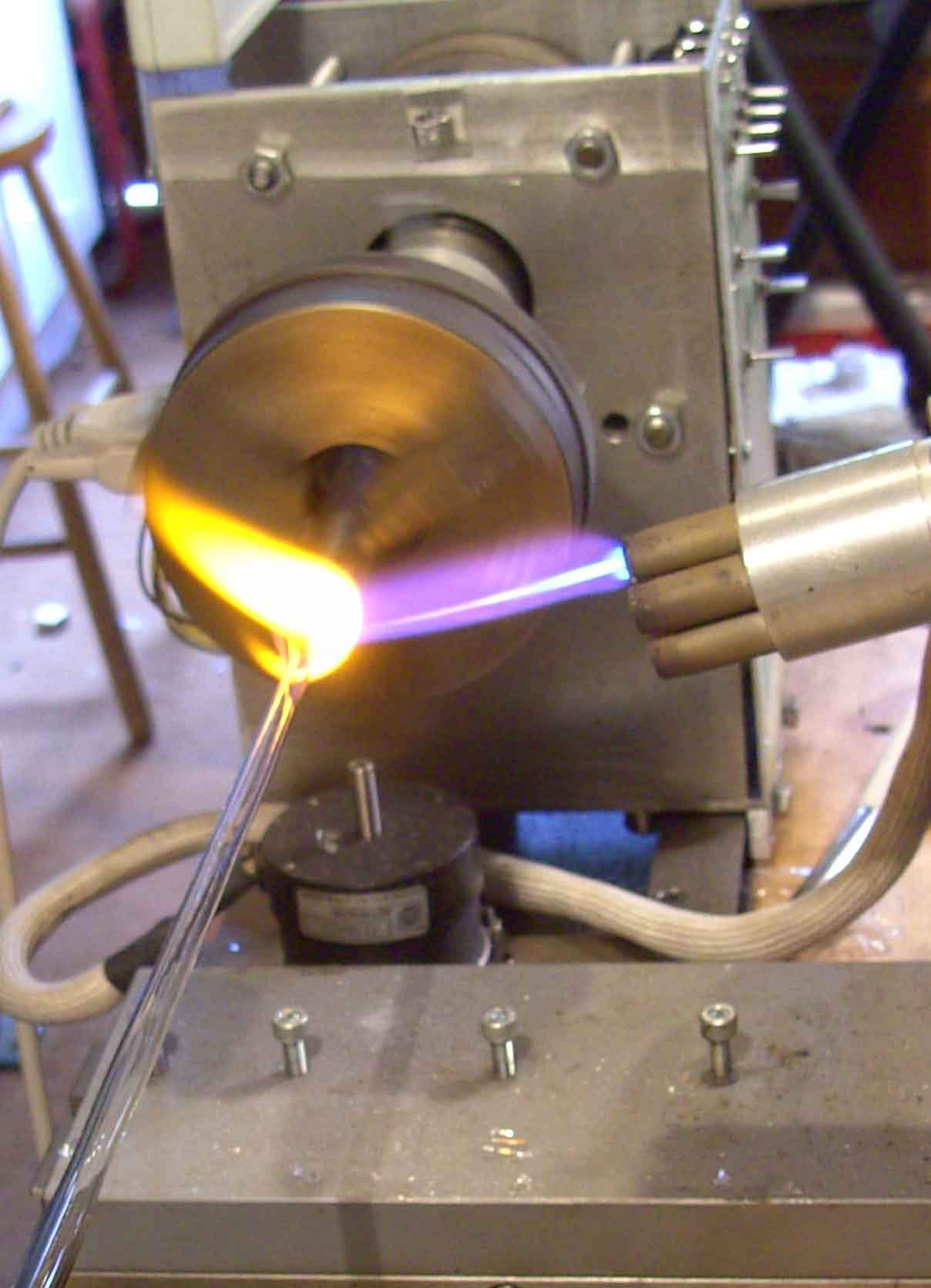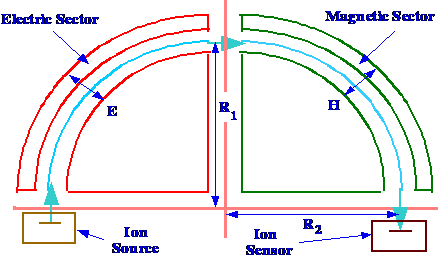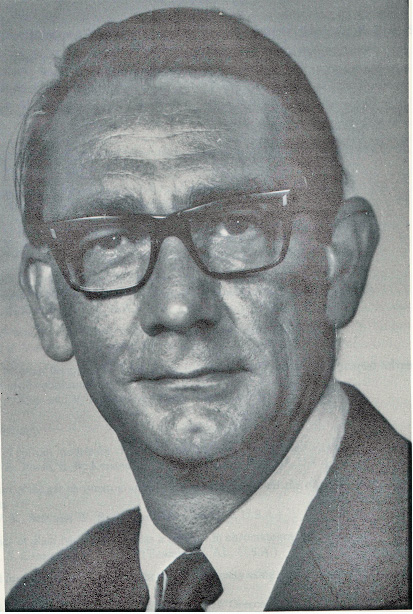ANALYTICAL SPECTROSCOPY
by Raymond P. W. Scott
D.Sc., F.R.S.C., C.Chem., C.Sci. F.A.I.C, F.C.S.
Essential Information for the Analytical Chemist

Specialising in custom-designed, precision scientific instruments, built, programmed and calibrated
to the most exacting standards. The range includes precision dataloging barographs,
with built-in statistical analysis, Barographic Transient Event Recorders
and computer-interfaced detectors and sensors
for environmental monitoring & process control.

A site dedicated to scientific techniques, experimental methods, &
investigative tools for the inventor, researcher
and laboratory pioneer. Articles on glassblowing, electronics, metalcasting, magnetic
measurements with new material added continually. Check it out!
www.drkfs.net
The Sector Mass Spectrometer
functions on
the combined mass selectivity of an electrostatic field and a
magnetic field. An instrument that utilizes both an electric and a
magnetic field to resolve the ions is often called a double focusing
sector mass analyzer. A diagram of the basic double focusing mass
analyzer is shown in figure 67.

Consider an ion, mass (m)
and charge (z) entering
the electric
field (E) at velocity (v).
The ion will describe an arc of radius (R1)
and then enter the magnetic sector. Now the electrostatic deflecting
force will equal the centrifugal force of any ion that will enter the
magnetic sector entry slit at (R1).
The centrifugal force and the electrostatic force can be equated
algebraically, to determine the conditions under which an ion will
enter the magnetic sector slit.
Thus,
mv2/R1
= ezE
(1)
where (e)
is the charge on the electron.
Thus
solving for (v)
v = (eEzR1/m)0.5
(2)
Now having entered the magnetic
sector the
only ions that reach the detector at radius (R2)
will be those where the centrifugal force will equal the deflecting
force from the magnetic field.
Thus bearing in mind that an
electron of
charge (e) traveling at
a velocity (v)
constitutes a current of (ev)
then,
(mv2)/R2
= Hezv or
mv = HezR2
Substituting for (v)
from equation (2),
m(eEzR1/m)0.5
= HezR2
Rearranging,
m/z
= (HeR22)/ER1
(3)
It
is seen that by scanning (H)
over an appropriate range, the ions with increasing (m/z)
ratios will be sensed by the detector. This is a very simple
treatment of the double focusing mass spectrometer and, in fact, if
the slit entering the magnetic sector was made sufficiently narrow to
produce well-resolved mass peaks, then the number of ions collected
would be very small and the system relatively insensitive.
Nevertheless, the explanation given illustrates the function of the
sector instruments and how it is operated. The low sensitivity can be
avoided by the choice of a suitable combination of electrostatic and
magnetic sectors such that the velocity dispersion in the two sectors
is equal and opposite. Consequently, a larger slit can be used and
the resulting high sensitivity recovered.

About the Author
RAYMOND PETER WILLIAM SCOTT was born on June 20 1924 in Erith, Kent, UK. He studied at the
University of London, obtaining his B.Sc. degree in 1946 and his D.Sc. degree in 1960.
After spending more than a decade at Benzole Producers, Ltd. Where he became head of
the Physical Chemistry Laboratory, he moved to Unilever Research Laboratories as
Manager of their Physical Chemistry department. In 1969 he became Director of Physical
Chemistry at Hoffmann-La Roche, Nutley, NJ, U.S.A. and subsequently accepted the position
of Director of the Applied Research Department at the Perkin-Elmer Corporation, Norwalk, CT, U.S.A.
In 1986 he became an independent consultant and was appointed Visiting Professor at Georgetown
University, Washington, DC, U.S.A. and at Berkbeck College of the University of London; in 1986
he retired but continues to write technical books dealing with various aspects of physical chemistry
and physical chemical techniques. Dr. Scott has authored or co-authored over 200 peer reviewed
scientific papers and authored, co-authored or edited over thirty books on various aspects of
physical and analytical chemistry. Dr. Scott was a founding member of the British chromatography
Society and received the American Chemical society Award in chromatography (1977), the
M. S. Tswett chromatography Medal (1978), the Tswett chromatography Medal U.S.S.R., (1979),
the A. J. P. Martin chromatography Award (1982) and the Royal Society of Chemistry Award in
Analysis and Instrumentation (1988).
Dr. Scott’s activities in gas chromatography started at the inception of the technique,
inventing the Heat of Combustion Detector (the precursor of the Flame Ionization Detector),
pioneered work on high sensitivity detectors, high efficiency columns and presented fundamental
treatments of the relationship between the theory and practice of the technique.
He established the viability of the moving bed continuous preparative gas chromatography,
examined both theoretically and experimentally those factors that controlled dispersion
in packed beds and helped establish the gas chromatograph as a process monitoring instrument.
Dr. Scott took and active part in the renaissance of liquid chromatography,
was involved in the development of high performance liquid chromatography and invented
the wire transport detector. He invented the liquid chromatography mass spectrometry
transport interface, introduced micro-bore liquid chromatography columns and used them
to provide columns of 750,000 theoretical plates and liquid chromatography separations
in less than a second.
Dr. Scott has always been a “hands-on” scientist with a remarkable record of accomplishments in chromatography ranging from hardware design to the development of fundamental theory. He has never shied away from questioning “conventional wisdom” and his original approach to problems has often produced significant breakthroughs.



